DATA SOURCE(S): 1,2,8,15,36,38,39
Common Name(s): Peroba rosa, palo rosa
Scientific Name: Aspidosperma polyneuron (syn. A. dugandii and A. peroba)
Distribution: South America (primarily southeast Brazil and Argentina)
Tree Size: 100-125 ft (30-38 m) tall,
4-5 ft (1.2-1.5 m) trunk diameter
Average Dried Weight: 48.3 lbs/ft3 (775 kg/m3)
Specific Gravity (Basic, 12% MC): .68, .77
Janka Hardness: 1,730 lbf (7,700 N)
Modulus of Rupture: 12,970 lbf/in2 (89.5 MPa)
Elastic Modulus: 1,587,000 lbf/in2 (10.95 GPa)
Crushing Strength: 8,050 lbf/in2 (55.5 MPa)
Shrinkage: Radial: 4.2%, Tangential: 7.4%,
Volumetric: 12.5%, T/R Ratio: 1.8
Color/Appearance: Heartwood color ranges from yellow to pinkish red, sometimes with darker streaks of purple or brown. Gray to yellow sapwood not sharply demarcated from heartwood. Color tends to darken with age.
Grain/Texture: Grain is generally straight to slightly irregular or interlocked. Texture is fine and uniform, with moderate natural luster.
Rot Resistance: Rated as durable regarding decay resistance, though susceptible to termite attack.
Workability: Overall easy to work, producing good results, though peroba rosa has an above average blunting effect on cutters. Also, if irregular grain is present, tearout can occur during surfacing operations. Glues, turns, and finishes well.
Odor: No characteristic odor.
Allergies/Toxicity: Although severe reactions are quite uncommon, peroba rosa has been reported as a sensitizer. Usually most common reactions simply include eye, skin, and respiratory irritation, as well as nausea and asthma-like symptoms. Generally, green wood causes the most pronounced reactions, while dry wood loses much of its toxicity. See the articles Wood Allergies and Toxicity and Wood Dust Safety for more information.
Pricing/Availability: Infrequently seen in the United States, peroba rosa is becoming increasingly scarce. Prices should be in the mid-to-upper range for an imported tropical hardwood.
Sustainability: This wood species is not listed in the CITES Appendices, but is on the IUCN Red List. It is listed as endangered due to a population reduction of over 50% in the past three generations, caused by a decline in its natural range, and exploitation.
Common Uses: Veneer, furniture, cabinetry, general construction (within its natural range), carvings, and turned objects.
Comments: Peroba rosa is simply one of a handful of common names used to describe a wood with a great variety of possible colors, with rosa being the Portuguese word for pink (though in reality wood by this name is actually more commonly a brownish red). There are also other names describing different colors or figures, such as:
- peroba muida (red with dark patches)
- peroba poca (off-white)
- peroba preta (red with black streaks)
- peroba rajada (pink with black patches)
- peroba reversa (bird’s eye figure)
- peroba rosa (brownish red)
- peroba tremida (yellow with gold patches)
Images: Drag the slider up/down to toggle between raw and finished wood.
A special thanks to Steve Earis for providing a wood (veneer) sample of this wood species.
Identification: See the article on Hardwood Anatomy for definitions of endgrain features.
Porosity: diffuse porous; growth rings sometimes discernible due to decrease in pore frequency around growth margins
Arrangement: exclusively solitary
Vessels: small to medium, moderately numerous; tyloses and heartwood deposits common
Parenchyma: diffuse-in-aggregates (generally no visible parenchyma)
Rays: narrow width, normal spacing; rays not visible without magnification
Lookalikes/Substitutes: Because of its small pores and fine grain, pieces with a lighter yellow coloration have been compared to boxwood (Buxus spp.)—especially the New World Calycophyllum species such as Castelo boxwood (C. multiflorum) which can have somewhat overlapping distribution in South America. Although the size and frequency of the pores of peroba rosa can be varied, they tend to be both larger and less numerous than Calycophyllum on average. Also, nearly all other boxwood species produce no fluorescent response under blacklight, while peroba rosa does (see note below).
Notes: Heartwood fluoresces a yellow-green when viewed under a blacklight.
Related Content:

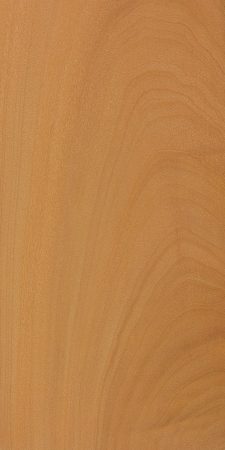
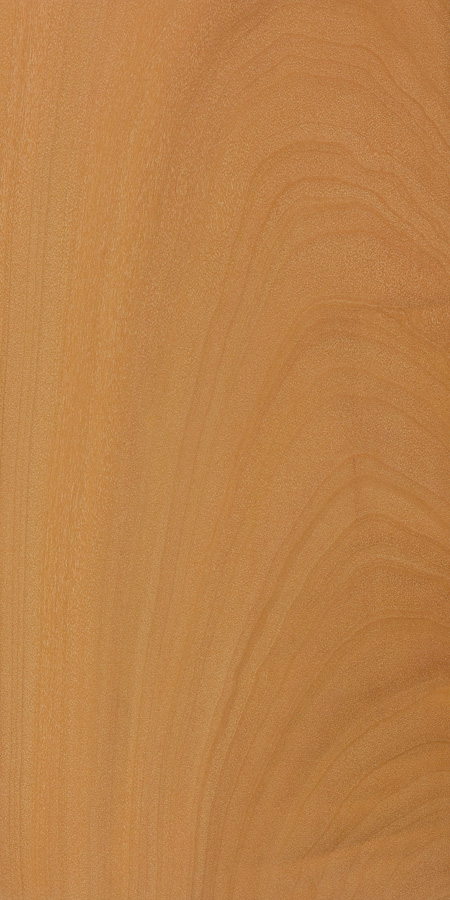
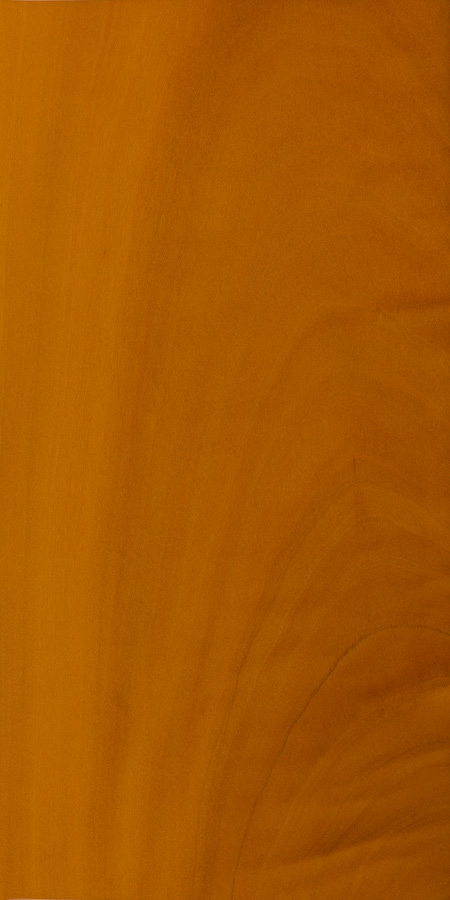
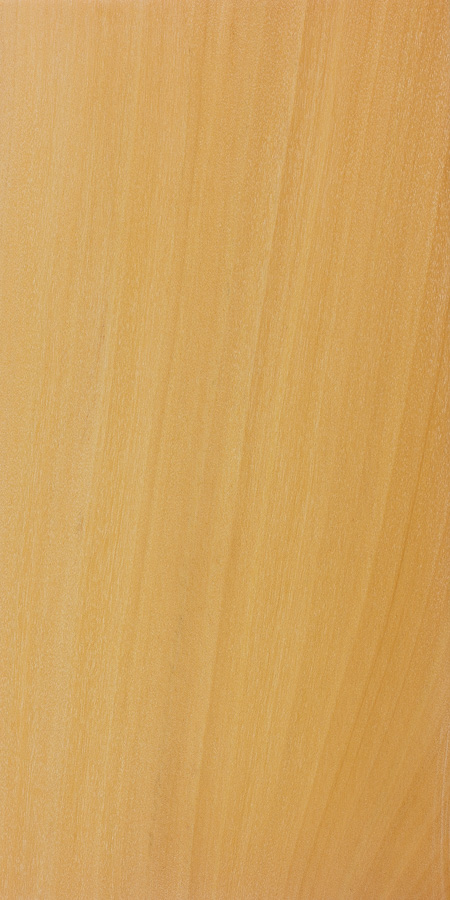
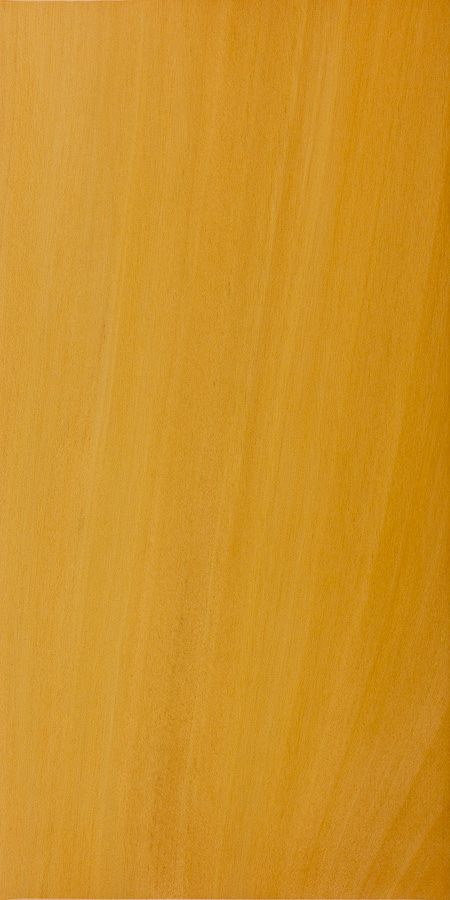
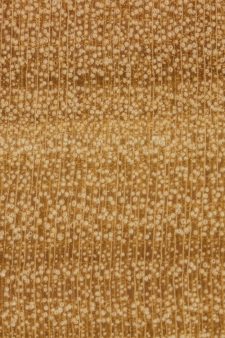

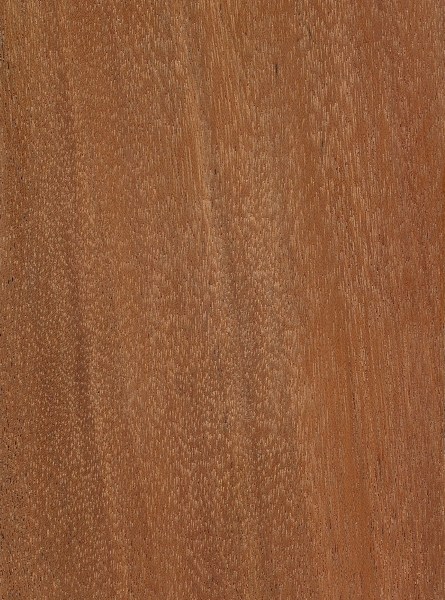
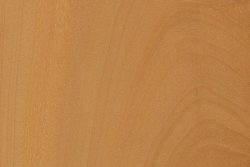
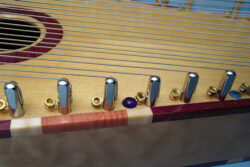


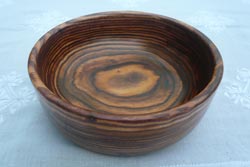
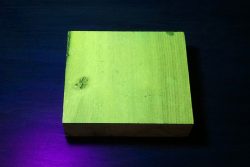




Just been resawing Peroba rosa, I can definitely say it as a faith smell while been working, I don’t know how to describe it.
Here’s a picture of a bookmatch set with some figure.
This wood is very commonly used in small framing projects, window and door frames, especially in direct contact with cement/block structures. My current project is a workbench and router station made of peroba-rosa.
I think I used this wood in 1943-1944 when we were making tables which had legs which could be stored inside, these were made for the Government . The wood was used as edging to the ply tops, we hated working with this wood as the grain ran different directions it was also very hard. We always felt that this wood this wood came to England as part of packing cases’s bringing war supplies to England during the war. I could be wrong as we called this wood Rosa Perosa.